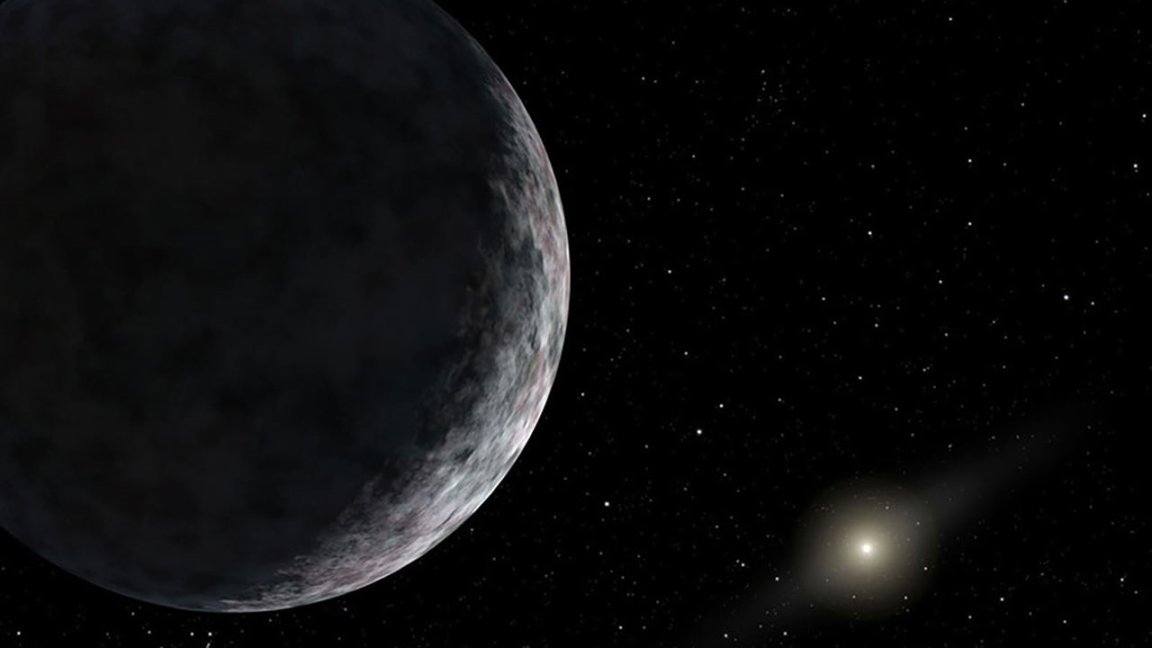
New Dwarf Planet
Being three times as distant as Pluto, V774104 is officially the most distant object yet in our solar system. The discovery was made using Japan’s 8-meter Subaru Telescope in Hawaii. Unlike many searches for distant objects that peer into the solar system’s plane, Subaru was used on swaths of the sky an average of 15° away from the ecliptic for finding other unusual objects. The dwarf planet, which is 15.4 billion km from the Sun or 103 astronomical units (AU) away (One AU is the distance between Earth and the Sun.), is between 500 and 1000 kilometers across. Another year may be needed for scientists to determine its orbit, but it could be classified into a class of extreme solar system objects whose unusual orbits suggest the hypothetical influence of rogue planets or nearby stars. Currently, scientists still can’t explain the orbits of these objects.
V774104’s Orbit
V774104 could eventually be classified into one of two groups. If its orbit will take it closer to our Sun, it would become part of the icy worlds whose orbits can be explained by gravitational interactions with Neptune. If its orbit never brings it close to the Sun, it could join a group with only two other members, Sedna and 2012 VP113. These two dwarf planets never come within 50 AU of the Sun, and their orbits swing as far out as 1000 AU. The eccentric orbits of these kinds of planet cannot be explained by the known structure of the solar system, meaning something else had to perturb their orbits. Possible explanations include an unseen giant planet that still orbits in the deep or one that was ejected from the solar system. Other theories include gravitational forces, acting on the solar system when the protosun was surrounded by other stellar nurseries, could have provided the necessary nudges.